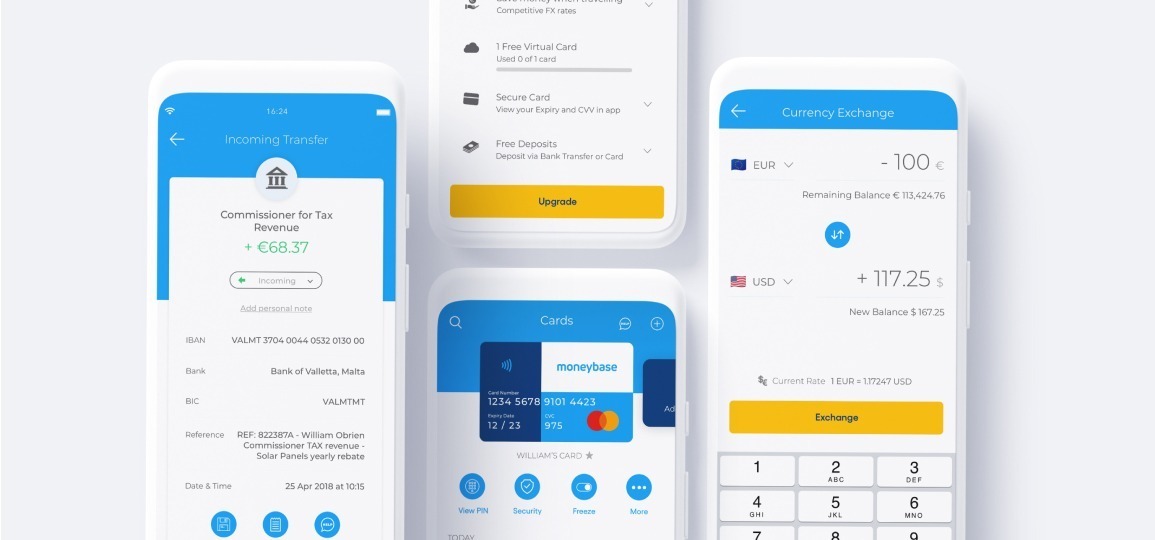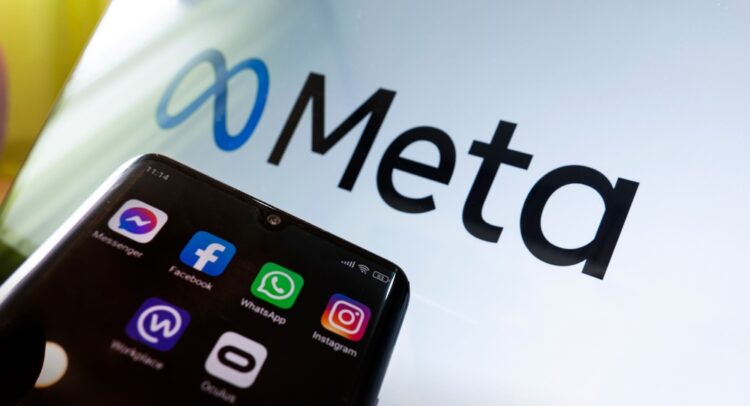When in 1999 Nvidia (NVDA) released the world’s first graphics design processing unit (GPU), the tech giant kicked off the race for more realistic looking computer graphics and made GPUs a mainstay throughout the computer industry. Revolutionizing the way consumer electronics work, the company may be known for its cutting-edge GPUs which are the choice of serious gamers everywhere, however, Nvidia’s technologies do not stop there. From electric and autonomous driving to the datacentre and cloud, graphics, artificial intelligence (AI) and machine learning, the list goes on and on.
As the world social distanced itself with the onset of the COVID-19 pandemic, this spelt good news for graphics card demand. Nvidia gained from the stay-at-home measures providing more time for gamers to indulge into their hobby. The GPU processing power has also linked on the incredible run up in digital currencies. Miners use Nvidia GPU processing in order to mine for cryptocurrencies. In addition, Nvidia powers 8 of the top 10 supercomputers in the world, forming the basis for next generation computer science.
Nvidia stock is up 131% over the past 12 months, while its market cap as of April 12, 2021 is $378.6 billion. Entering 2021 with much promise in two of its biggest segments – video gaming and data centre – Nvidia's momentum appears to be nowhere close to slowing down.
Add NVDA to your portfolio! Download the Moneybase Invest app from the App Store or Google Play. Alternatively, visit https://live.cctrader.com/ from your desktop.

A brief history of Nvidia
The global corporation that manufactures graphics processors, mobile technologies and desktop computers was founded in 1993 by Jensen Huang, a former microprocessor designer at competitor Advanced Micro Devices (AMD), Christ Malachowsky, an electrical engineer and Curtis Priem, a senior staff engineer and graphics chip designer at Sun Microsystems. With just $40,000 in the bank, the co-founders established the company and set out to make their own mark in the industry. Video games became its springboard to large markets, while it generated funding for its research and development (R&D) aimed at solving complex computational problems.
Nvidia’s first product was launched in 1995, the Nvidia NV1, a PCI card which was sold as the Diamond Edge 3D, featuring a 2D/3D graphics core, however, the company became a force to be reckoned with two years later after launching the RIVA series of graphics processors. The company gained further prominence with the release of the GeForce 256 GPU, regarded as the first GPU in the world, which offered superior three-dimensional graphics quality. Thanks to the success of its products, Nvidia won the contract to develop the graphics hardware for Microsoft’s Xbox game console, while it was honoured with the ‘Company of the Year’ title by Forbes magazine for its rapid growth and success.
As the company grew over the years, it made some major acquisitions some of which include southbridge supplier ULI Electronics, software company Exluna and chip making company Icera. Nvidia also obtained the intellectual assets of its one-time rival 3dfx, MediaQ for approximately $70 million, while it acquired PGI from STMicroelectronics.
Nvidia has also had some notable collaborations. In 2004, it assisted Sony with the design of the graphics processor in the PlayStation 3 game console, whereas in 2017 it announced a partnership with Toyota, whereby the automaker used Nvidia’s Drive PX-series artificial intelligence platform for its autonomous vehicles. The same year, it forged an AI partnership that included cloud computing, autonomous driving and consumer devices with Chinese search giant Baidu. A year later, Google announced that Nvidia’s Tesla P4 graphic cards would be integrated into Google Cloud service’s AI.
In addition to GPU manufacturing and building products for the gaming industry, Nvidia also has an extensive range of computing technologies, including the Quadro series of video cards for professional graphics, the Tegra series for mobile phones, the nForce series for multimedia and the Tesla series aimed at high-end business and scientific-research computers. It also provides an application programming interface (API) called CUDA that allows the creation of parallel programming which makes use of GPUs.
Since 2009, the company has been hosting the GPU Technology Conference (GTC), a series of technical conferences which originally centred on the potential for solving computing challenges through GPUs. With the advent of AI, the focus has now shifted to various applications of AI and deep learning. The 2020 GTC, which move online, drew approximately 59,000 registrants.
Fun fact
Initially the company had no name. In fact, co-founders Huang, Malachowsky and Priem named all their files NV that stood for ‘next version’. Then, when they had to incorporate the company and come up with an actual name, they brainstormed the word ‘invidia’ which is the Latin word for envy. By putting all these elements together, they settled on the final moniker – Nvidia.
When did Nvidia go public?
Nvidia went public on January 22, 1999, issuing 3.5 million shares at $12.00 each and raising about $42 million in gross proceeds. The shares surged 64% on their first day of trading, closing at $19.68 and giving it a market value of $68.88 million.
The stock has split four times so far. The first, a 2-for-1 split, took place in 2000 and meant that for each share owned pre-split, a shareholder would now own 2 shares. Two more 2-for-1 splits took place in 2001 and 2006, while a year later, the Nvidia share underwent a 3-for-2 split. So an 8,000-share position pre-split, would have become a 12,000-share position following the split. Even though following splits a shareholder owns more shares and each is valued at a lower price per share, the company’s market capitalisation before and after the split remains stable. A lower priced stock on a per-share basis often attracts a wider pool of buyers, which is why Nvidia opted to split its shares.
The company also pays an annual dividend of $0.64 per share, with a dividend yield of 0.11%. On a positive note, its dividend grew 8.5% over the last five years.

How much would an investment in Nvidia’s stock 10 years ago would be worth today?
While the company’s growth has certainly fuelled gains for its stock price, the stock splits together with the dividends have also given a big bump to investors who have held the stock for a while.
So taking into consideration all stock splits, let us assume that an original position size of 1,000 shares would today have turned into 12,000 shares. Starting with a $10,000 purchase of Nvidia on April 13, 2011 at $17.76 per share and with all dividends reinvested, your total return on April 12, 2021, 10 years later, would be $372,558.91. That’s an eye-popping total return of 3,626.67%.
Is Nvidia a buy?
For a stock that began trading at $12, it has come a long way, while it has certainly proven to be a solid investment. For one, Nvidia appears to have been unaffected by the COVID-19 pandemic which brought a number of its peers to their knees. The pandemic caused a buying frenzy for Nvidia’s products and instead of seeing a dip, both its revenues and earnings accelerated. In February 2021, the company announced that its quarterly sales topped $5 billion for the first time thanks to holiday gaming-chip demand and renewed interest in cryptocurrency mining. As a result, shares jumped up, trading at $597.50 per share.
More recently, Nvidia hit the news as it stock rallied, surging to an intraday high of $614.10 and ending up closing 5.6% higher on the session at $608.36, just short of its all-time closing high of $613.21 which was set on February 16. The rally came after the chip maker’s annual conference kicked off with a rosy revenue outlook and product announcements. Gains accelerated later in the day, once Nvidia revealed that fiscal first quarter revenue is tracking above its $5.3 billion forecast. Back in late February, Nvidia had anticipated revenue between $5.19 billion and $5.41 billion. It is also expecting first quarter revenue of $150 million for its cryptocurrency mining chips.
What’s worth also noting is that over the past 12 months, Nvidia stock is up 131%, while the PHLX Semiconductor index (SOXX) is up 103% and the S&P 500 48%.
What’s next for Nvidia?
As recently as this week, Nvidia announced that it is upping its competition against rivals Intel Corp and Advanced Micro Devices by launching its first data-centre central processing unit (CPU), in addition to its core graphics processing unit. Based on technology by acquisition target Arm Holdings, the new Nvidia Grace, as it has been dubbed after computer pioneer Grace Hopper, is a processing chip specifically designed for AI data centres. Expected to bring 10 times the performance of today’s fastest servers on the most complex AI and high-performance computing workloads, the product is set to lure research firms building supercomputers. In fact, both the Swiss National Supercomputing Centre (CSCS) and Los Alamos National Laboratory are set to use the new Grace CPU.
Then back in September 2020, Nvidia bought Arm itself from SoftBank for $40 billion, making it one of the biggest acquisitions in tech. Dubbed as the so-called big deal that could be a big deal, merging with Arm’s vast ecosystem means that Nvidia will have the power to drive innovation and launch a new wave of computing. Other than its Tegra line of chipsets used in devices like the likes of Nintendo Switch, the company doesn’t do much where it comes to CPU design, so the acquisition of Arm has opened the doors to a sector, Nvidia surely can tap into.
While computers constantly need to be faster, data continues to expand not shrink and graphics are constantly improving, what’s certain is that the needs and demands from the tech world are only growing. And as Nvidia's graphics chips are becoming essential in everything from AI to self-driving cars, the company could be poised for another long and prosperous run in the foreseeable future.
How to invest in Nvidia (NVDA) stock with Moneybase Invest
Ready to buy a share in Nvidia (NVDA)? Your first step to tapping into a world of investment opportunities with Moneybase Invest is to sign up and open an account.
To do so:
- Download the app from either Google Play or the Apple App Store. Alternatively, you may access Moneybase Invest on your desktop by visiting https://live.cctrader.com/
- Once you’ve onboarded successfully and have funded your account, head over to the search bar at the top of your screen and input either the company name or ticker symbol.
- Select the instrument of your choice from the list and then click on the Buy button on the window located at the bottom of your screen.
- On the New Order page, input the number of shares you would like to purchase and hit the Place Buy Order. NVDA has been added to your portfolio.
Access over 20,000 Stocks, ETFs, Bonds & Funds and over 4,300 fractional US shares and ETFs on our award-winning platform, with no hidden fees and instant market execution.
Moneybase Invest is brought to you by Calamatta Cuschieri Investment Services Ltd and is licensed to conduct investment services business by the MFSA under the Investment Services Act.
Moneybase Invest offers direct market access and speed of execution and is intended for knowledgeable and experienced individuals taking their own investment decisions. The value of investments may go up and down and currency fluctuations may also affect investment performance.
The contents of this article are not intended to be taken as a personal recommendation to invest but strictly based on research and for information purposes only. Retail investors should contact their financial adviser for a suitability assessment prior to taking any investment decisions.






